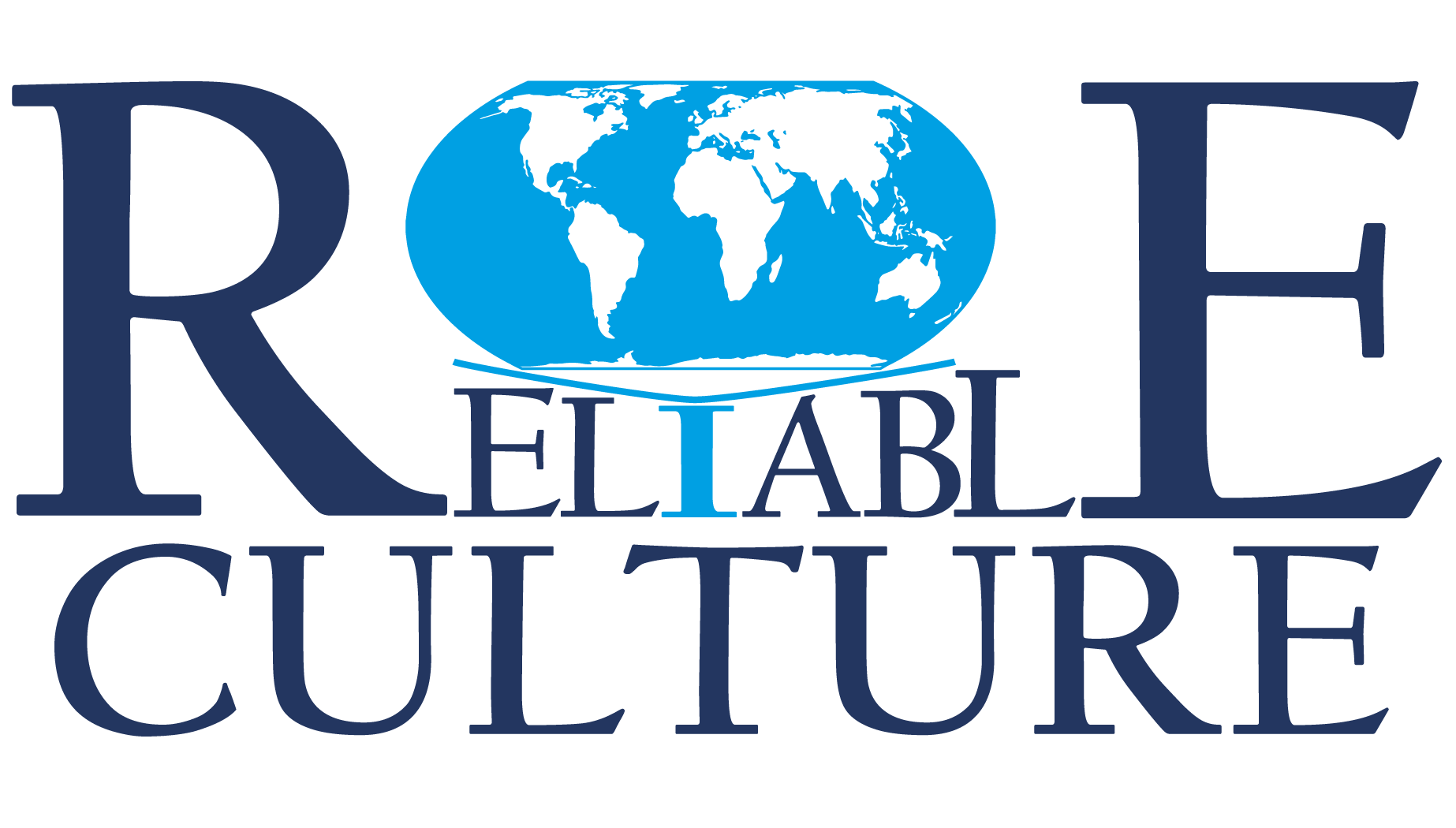As the world opened up in the past few months, and the physical barriers disappeared, I had the chance to “be” everywhere in the world, one might say, like a “Digital Me” in a Digital World. Among other things, I was amazed by the variation with which the “Digital Transformation” concept is used, including several times when professionals were using it to advertise their businesses of building websites as being “Digital Transformation”. Fascinating! Good for them! They are driving Sales with a buzz concept.
So, as a former Automation Engineer and a current Practitioner on Organizational Transformation, I feel obliged to bring in my 2 cents on this topic.
In a nutshell, the term Digital refers to something being computed by being broken down into binary code, mostly by the use of filters. Its opposite would be something being Analog, and unfortunately, it is associated with something being “old school”.
I’ve chosen one example to illustrate when an Analog display is more useful than a Digital display, and that is when taking a Decision very fast is more important than the Precision of the data you receive. See the car Speed meter below. Just by briefly looking at the arrow that points to the right and starts to go down, while noticing two red dots in the far distance in front of your car, your brain might bypass your consciousness and take a fast decision and trigger your leg to press on the breaks (that, if you have trained your brain like that with enough conscious practice, ..and hopefully you’re the one steering the wheel).

The reason for the example above was to make the point that Digital is NOT always better, and things that are not Digital can also be very useful!
So, let’s touch briefly on Digital Transformation, Digital Culture, and,… on Digital Leadership(?).
If you want to stay updated regarding such articles, Subscribe below to our Newsletter!
Digital Transformation can be an intensive process through which big/important parts of your organization’s work are transitioned to be automated, done by robots or software, or the whole concept of your service is reinvented by using the available continuously improving technology. In this case, it is good practice to evaluate your people’s openness to this transition and ensure they are on board with it and will truly support it (not just verbally, but with their entire Humanly nature). The reason why two-thirds of Organizational Transformations fail (be those Digital, Lean, Agile etc) is that whoever is leading them doesn’t take into consideration the human factor and the Organizational Culture – the way people look at their outside world and at their work.
Digital Transformation can also be an Organizational Transformation in the way it was used in the past decades, just with the use of a digital platform that makes it more focused and easier to follow, by offering insights into all the steps you would need to take in a very comfortable manner.
I wouldn’t pay the inflated fee for a service as being a “Digital Transformation”, just because it is adding new software or upgrading an old one while it has a limited impact on the professionals working there, but I would definitely pay for the training that comes with it, both in money and in time.
Another term that might be confusing is “Digital Culture”. The most functional explanation of this term could be that a group of individuals (department, organization) have achieved a way of working and understanding their outside world, that they don’t FEAR Robots, Artificial Intelligence, and Automation, but rather use them to continuously improve and enhance their overall activity (mostly Creative and Transformative) in order to shape a more efficient organization in a more sustainable environment.
Unfortunately, connected with this term, is the Digital way of thinking about Humans, Societies, and about Cultures, which Filters out the complexities and the similarities between humans on many other dimensions, leaving a Binary, 1 and 0 way of viewing the differences between humans and between societies. Because of this, there are many misunderstandings in the world among groups of humans, ranging from Chauvinism, Nationalism, Sexism, Racism, Religious discrimination, and many others.
And last and least, “Digital Leadership”: “A Digital Leader has digitally engaged a digital professional with a digital message.” or like it used to be written in the old days: “A Leader has sent an email to a colleague”. But I agree that the latter one doesn’t sound so fancy and doesn’t sell so well. I’m sorry, but Digital Leadership in the best case refers to Leading Remotely, and there is nothing “digital” about the important aspects of Leadership.
Check out our Leadership Academy: https://reliableculture.com/services/reliablecultures-leadership-academy/

0 Comments